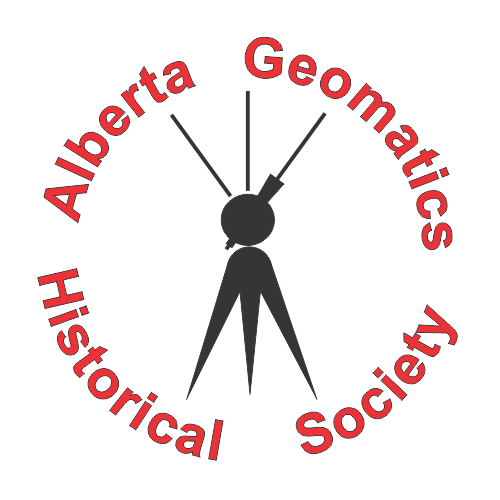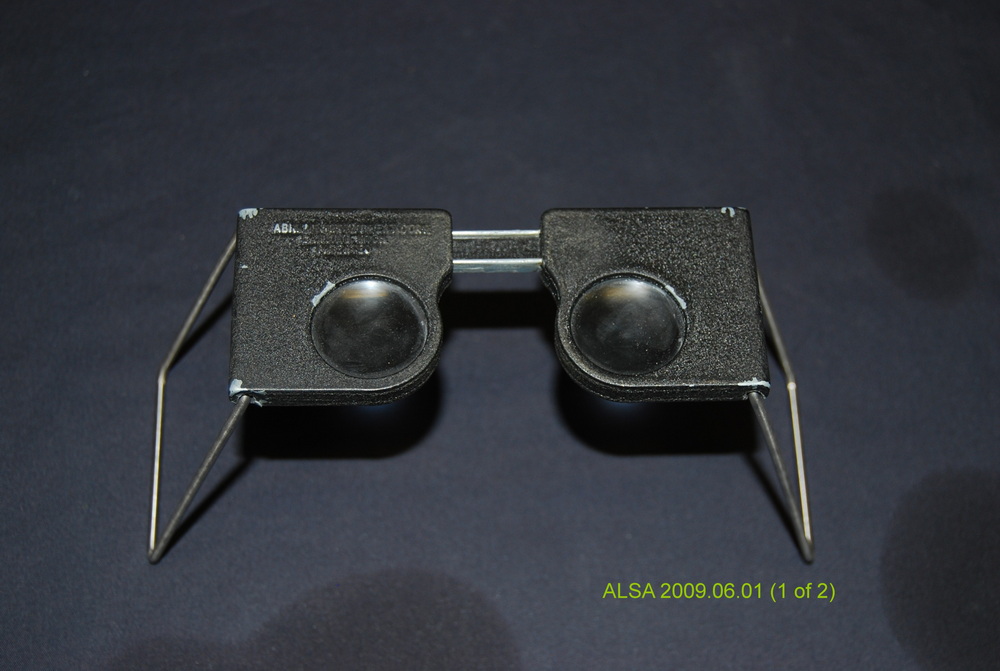With the advent of aerial photography land surveyors, foresters and others could view three-dimensional topography applying the same concept. All that was required was a simple stereoscope and a pair of aerial photographs each taken from difference positions. Pocket stereoscopes could easily be carried into the field. The 3-D view was useful for reconnaissance for areas in which one had to travel through or work in.
Combining two images from different locations to produce a three-dimensional image is not reserved to the brain. It can also be applied graphically and mathematically. While the concept goes back centuries, a practical application for surveying and mapping was the plane table where the same feature, viewed from two locations, is plotted where the lines to the feature intersect. Another application, at the end of the 20th Century, was photo-topographical mapping, which was introduced in Canada by Edouard Deville, Surveyor General of Canada and was successfully applied in the Canadian Rocky Mountains by notable surveyors James J. McArthur, William S. Drewy, Arthur O. Wheeler and Morrison P. Bridgland.
The Society has both the desk type and the pocket type of stereoscopes.


